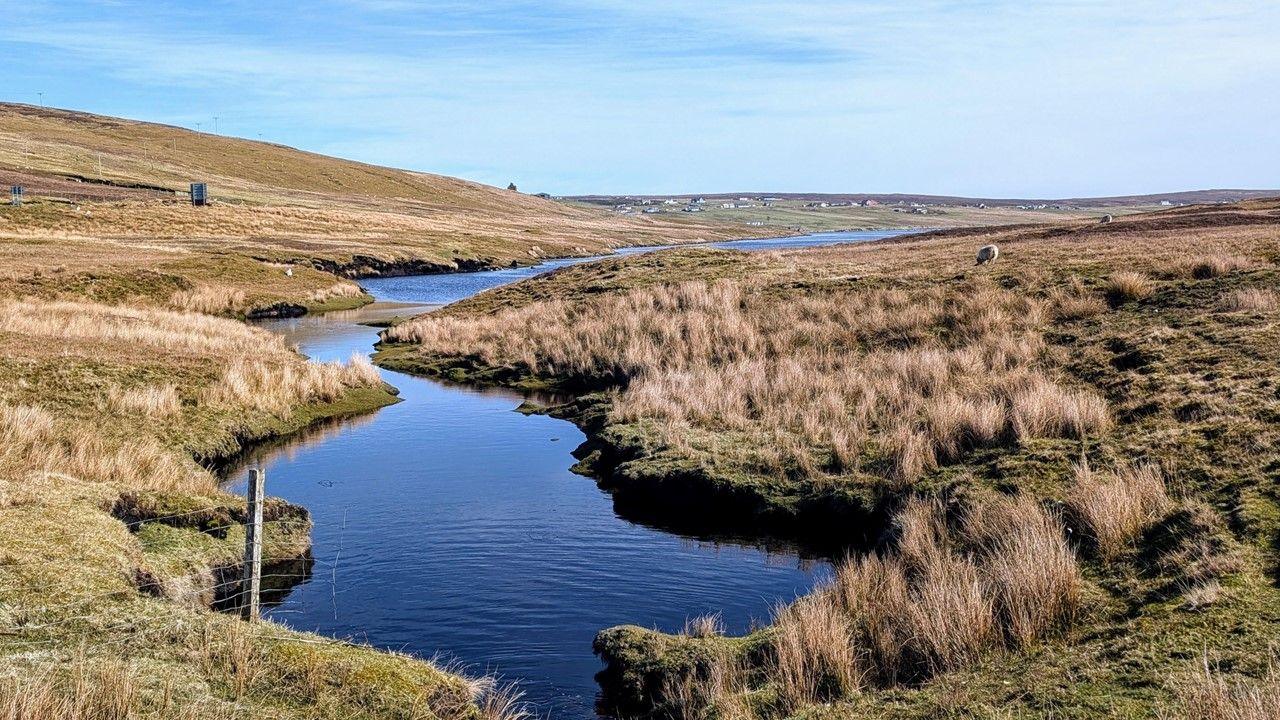Where to see the best spring flowers in Yorkshire
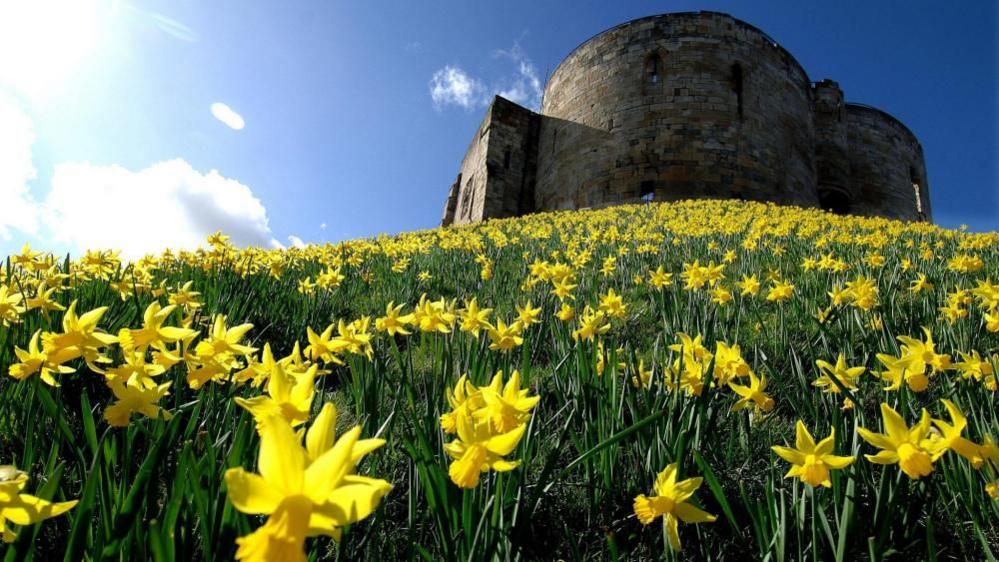
Clifford's Tower in York city centre is flooded with flowers every year
- Published
An unusually warm and dry March has led to blooming blossoms and fields of spring flowers - and Yorkshire has some of the best places to see them.
According to the Met Office, England experienced the driest March since at least 1961 this year, with just 25% of the typical rainfall for this time of year.
And at Weston Park Weather Station in Sheffield, experts have recorded the sunniest March since 1896 with 187 hours of sunshine.
Paul Cook, curator at the Royal Horticultural Society Garden Harlow Carr, near Harrogate, says the cold nights and warm days have created the perfect environment for flowers.
"It's been a perfect March, lots of sunlight hours, no rain, hardly any wind, so it's been a bumper bloom for us as it has for many gardens.
"The spring blossoms, all the cherries and the magnolias, the camelias, the rhododendrons, all those plants that can be later flowers, or get damaged by weather, they're not just flowering, they're full flowering."
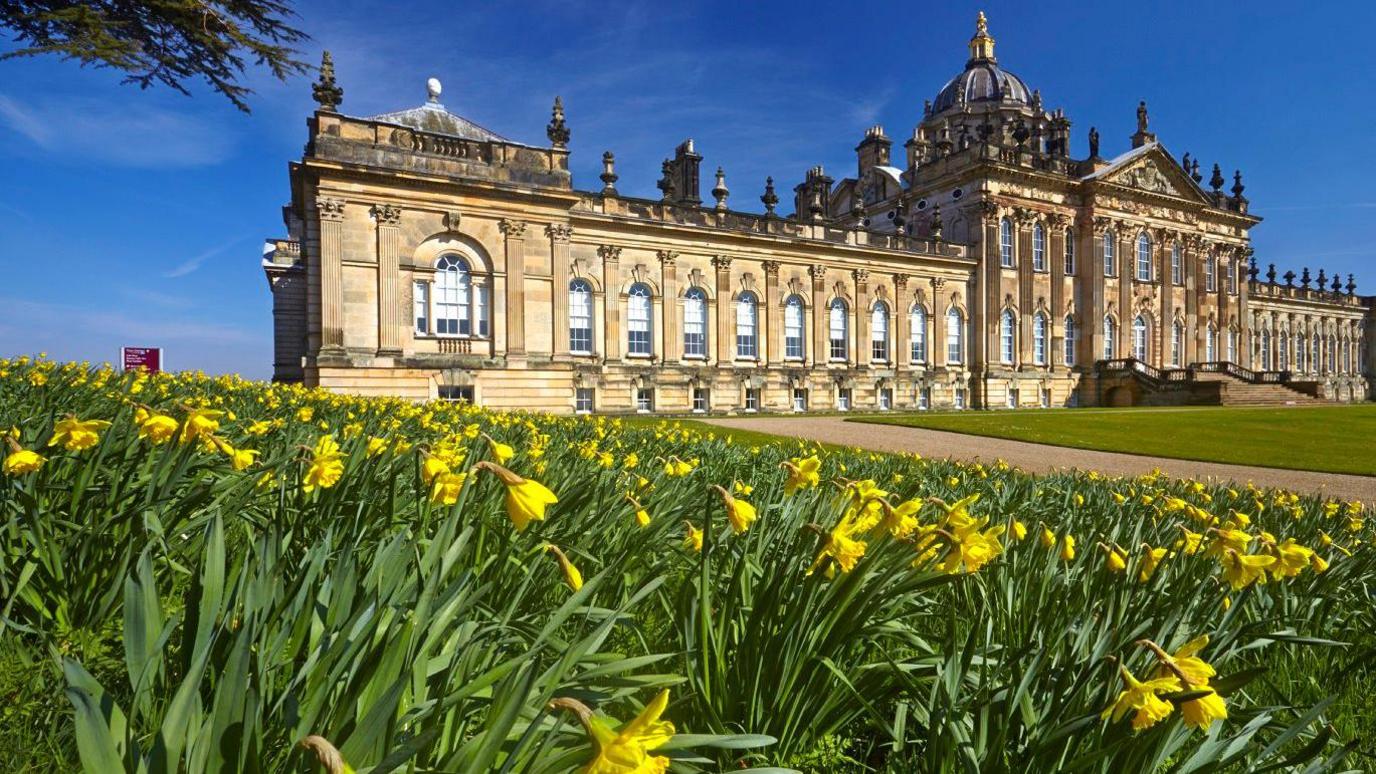
The gardens of Castle Howard in North Yorkshire are flowing with daffodils in spring
Combined with no extreme weather events – such as storms or snow – the spring flowers have hung on longer than they would usually, he adds.
"The plants are covered head to toe in blossom, which rarely happens this time of year because of some weather incident that reduces them and knocks the flowers off.
"For the spring blossoms there's been no really bad day that's decimated the flowers that are out and knock them to the floor, so it's quite exceptional," he says.
While dry weather means less water, Mr Cook says at this time of year that's less of a concern.
"We've got cold clay soil so the moisture is in the ground, so dry is good now but it could be an issue later on," he says.
"For most of the plants they've got enough moisture in the ground for this time of year.
"While it's dry the thing for us is cracking on with making sure the weeding is done, there's mulch on the ground and we're dividing plants getting ready for the summer.
"So I'd make the most of this good weather to get out in the garden, enjoy it, and crack on with some of those spring jobs that are not as nice when it's cold and damp."

Bluebells will begin flowering in Graves Park, Sheffield, this April
One of the most popular places to see spring flowers is Farndale Daffodil Walk in the North York Moors National Park.
These daffodils along the banks of the River Dove are protected within the Farndale Nature Reserve, which was established in 1955.
Ben Jackson, area manager South at North York Moors National Park Authority, says its been a very busy period with visitors from as far as Australia.
"People look forward to the daffodils coming. They come from all over. It's a really popular spot," he says.
"The daffodils seem very happy. They are very reliable. They get encouraged by nice, warm weather and they're looking good this year."
He agrees that the last few springs have seen a change in weather patterns.
"Last spring was cold and miserable and this spring has been the driest for 60 years, so if nothing else things are becoming more changeable. It wasn't long since we had enormous storms.
"The intensiveness of the changes is noticeable."
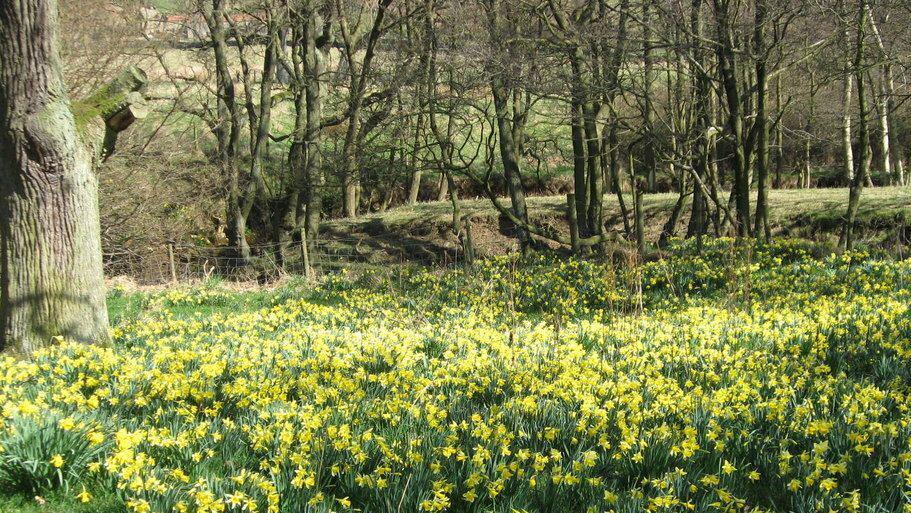
Farndale has become famous for its daffodil walk
Alistair McClean, curator of natural science at Sheffield Museums, says we could be in for a dry year.
"The year as a whole for the past few years have been exceptionally wet," he says.
"Overall when you take all the rainfall over the year you find a pattern. That does suggest we're due a dry year but I've been saying that for the last three years.
"Last March we had 103mm of rainfall and the March before that we has 125mm, this March we've had 29.7mm. It's way below average, it's about half of what we would expect for March."
Mr McClean manages the Weston Park Weather Station, which is jointly run by the Met Office and Sheffield Museums.
It records air temperature, rainfall, underground temperatures, sunshine hours, solar radiation and windspeed, and has operated since 1896.
He says the warm dry weather is visible not just in the data.
"The grass in Weston Park weather station compound is beginning to look a little parched. The upshot is that the grass isn't probably going to grow as quickly.
"We recorded 187 hours of bright sunshine in March. And the normal rate is about 120 hours. At Weston Park we've been recording sunshine since 1896, so that's quite a long record that we've broken and it's broken it by about 10 hours."
Where to go to see spring flowers?
North Yorkshire
Farndale: According to the North York Moors National Park, the displays are said to have been planted by medieval monks from Rievaulx Abbey.
Clifford's Tower: Bringing waves of yellow to York city centre every year, the last surviving section of York Castle sits on a green mound that is blanketed with daffodils every spring.
West Yorkshire
Nostell: Gardens at the Georgian house near Wakefield feature spring daffodils, vibrant tulips and bright magenta cyclamen.
Harewood House: The grass at Harewood's West Garden is carpeted with daffodils in spring. The country house on the outskirts of Leeds is also known for its rhododendrons.
Lister Park: Visible from Canal Road every April, Lister Park's daffodils and crocuses bring bounds of colour to Bradford.
South Yorkshire
Woolley Wood: According to the Woodland Trust, Woolley Wood near Sheffield is one of the best bluebell woods in the country.
Renishaw Hall and Gardens: Home to the Sitwell family for more than 400 years, Renishaw just south of Mosborough, is home to English native bluebells, but is best known for its classical Italianate gardens.
Get in touch
Tell us which stories we should cover in Yorkshire
Listen to highlights from North Yorkshire on BBC Sounds, catch up with the latest episode of Look North.
Related stories
- Attribution
- Published1 April
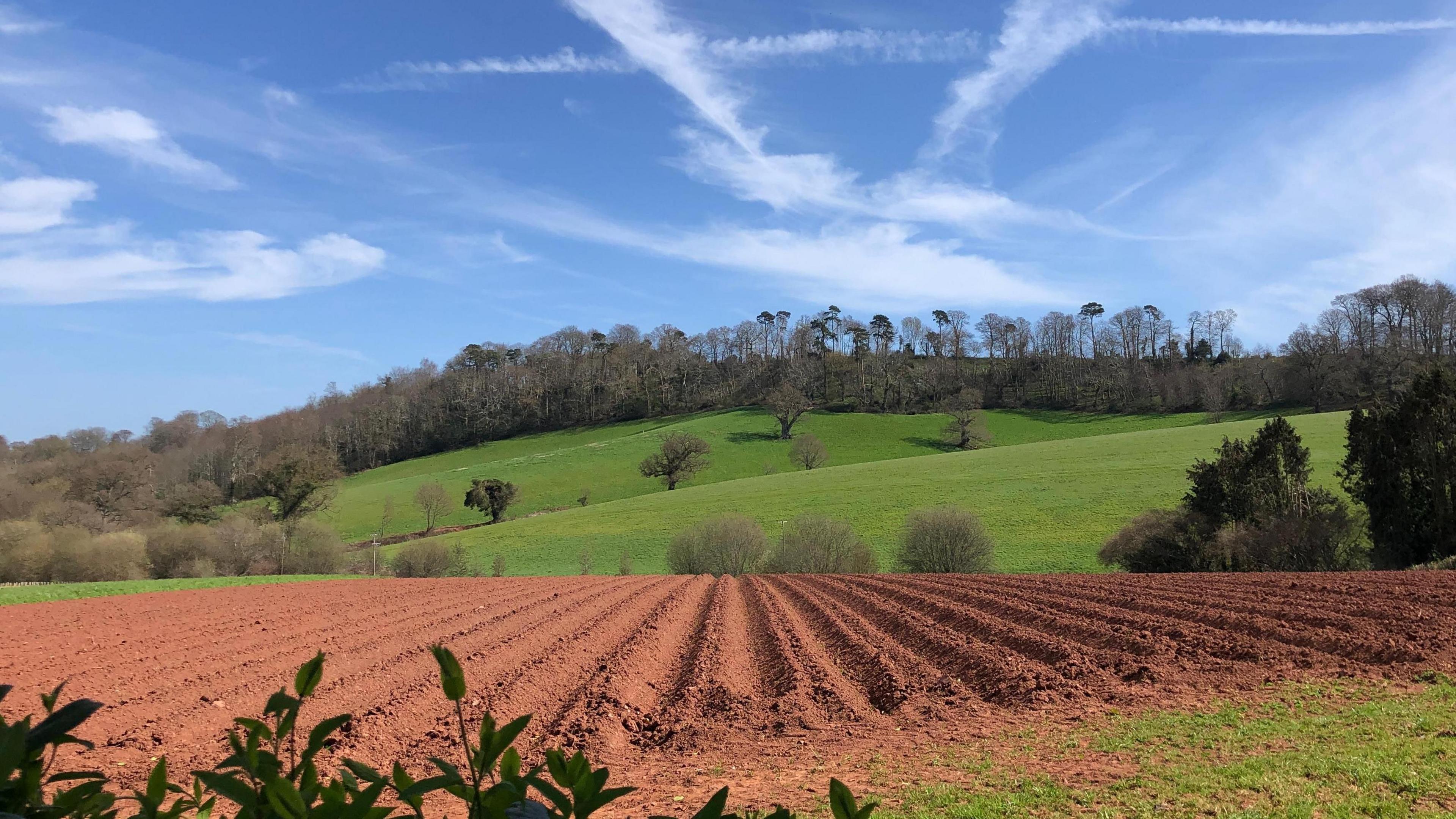
- Attribution
- Published1 day ago
